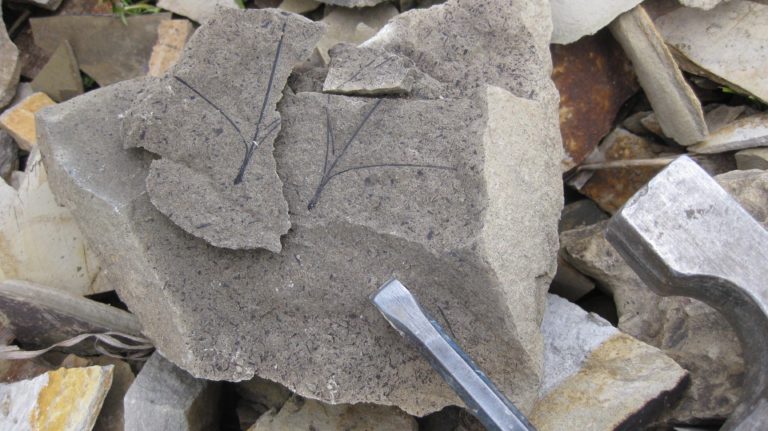Maybe you’ve seen this movie before. You have a brand new set of sticks that were just mounted and tuned, and they’ve been calling for you to take them on their maiden voyage. The local resorts just opened, and the coverage is thin at best. Not able to control yourself, you head to the hill with your “babies,” where you promptly take a core shot and nearly blow out an edge. The guys at your local ski shop just shake their heads when you take your skis in for repair. It happens to the best of us, and it’s a hard lesson to learn, but once this does happen to you, you may be the owner of a set of rock skis.
Calling them “rock skis” does not necessarily mean you are skiing on rocks, though depending on where you ski, you might be. No, a set of skis to use when conditions are less than optimal is a must-have for those who choose to ski from opening day to closing day. Sure, it would be great if every season opened and closed with four feet of consolidated snow pack, but the reality is that our local mountains typically will open with coverage that is around a foot deep and sometimes less. When spring comes early and warm, the end of the season can have similar snow conditions. Hang on to your last set of skis and use them when things are a little lean in the mountains.
If brand new skis are all you have in the garage and you would like to add a set of rock skis to your arsenal, hit up any one of the fall ski swaps. Don’t hesitate to also check out Craigslist for used gear or one of the many online shops for demos from last year. A couple hundred bucks will get you a decent pair and you won’t feel horrible if you wind up hitting a few things. Sure beats trashing your new ones that cost over a grand, doesn’t it?
The biggest reason to have rock skis is that you will end up getting more life out of your “good” skis, which saves you money in the long run. Once you take a shot to your edges or bases, those new skis never perform the same again. Sure, they will still turn left and right, but you’ll notice the difference after taking some damage to what were once unblemished skis. Rock skis are a great way to protect the rest of your fleet, and they give you another tool to use based on the conditions.
Once you have a pair of rock skis, get them tuned when needed and keep them waxed. Just because they are not your primary skis does not mean you don’t want them to ski well. Early- and late-season snow can be hard and granular, so having edges that operate efficiently will make the days you do spend on them that much more fun. //
Brad Northrup is an avid skier, fly fisher, and mountain climber. A graduate of Eastern Washington University, he is the author of numerous outdoor and historical articles. Brad wrote about winter weather predictions in October.













